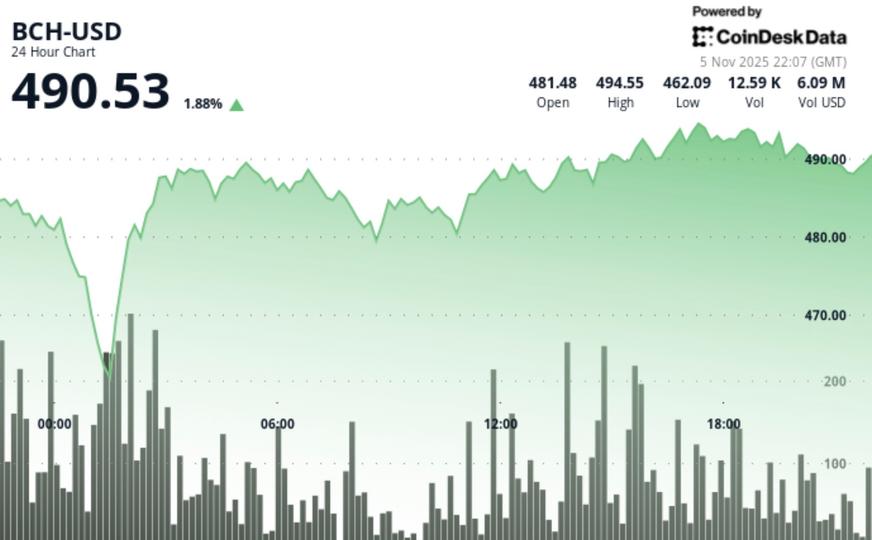
U.S. Government Shutdown Threatens Food Aid


As of November 5, 2025, the U.S. government shutdown entered its 36th day, marking the longest government shutdown in history. Economic difficulties that increased throughout October became even more pronounced with the suspension of the Supplemental Nutrition Assistance Program (SNAP) on November 1.
According to public discussions, you can now own real estate with just $100 — thanks to Jeff Bezos — without having to deal with landlord responsibilities or refrigerator repairs. However, those who haven’t saved for retirement throughout their lives need not panic; 6 simple steps can help change the situation.
Dave Ramsey emphasizes that nearly 50% of Americans have made a significant Social Security mistake — what that mistake is and 3 simple steps to correct it can be found here.
Shortly after November 1, a federal court ordered the government to provide at least partial funding to SNAP beneficiaries. Initially planning to comply with this order, the Trump administration announced that it would use $4.65 billion in emergency funds from the U.S. Department of Agriculture to cover about half of the SNAP payments for November.
However, on November 4, Trump implied that the emergency aid for 42 million Americans who benefit from SNAP had not yet reached them. On Truth Social, he stated that aid would only be provided 'if the Radical Left Democrats opened the government.'
The White House released a statement later in the day following Trump's remarks. Press Secretary Karoline Leavitt noted that the administration would use emergency funds to pay SNAP benefits. Leavitt said, "SNAP beneficiaries should prepare for this money to take a little time to arrive; because the Democrats put the administration in a difficult position."
SNAP benefits — more commonly known as food stamps — constitute one of the key cornerstones of America's social safety net. Any disruption in the system can have far-reaching consequences not only for the program's beneficiaries but also for all retailers and consumers.
SNAP is the largest hunger relief program in the country, with approximately 12.3% of the population relying on at least some form of food assistance. In 2023, about 83% of these benefits were received by families with young children, seniors, or individuals with disabilities. Juan Saro, a SNAP recipient, expressed, “SNAP benefits are the lifeline that feeds us at the end of the month.”
After the federal court instructed the Trump administration to partially utilize emergency funds, Trump wrote on Truth Social about the court's decisions: “I don’t want Americans to go hungry because Radical Democrats refuse to do the right thing.” He also requested the court explain how SNAP funds would be financed legally as soon as possible.
Meanwhile, 22 states implemented emergency funds to assist food banks or the program to help their residents. This could allow some American families to avoid the worst-case scenario.
However, in other states, millions of people continue to remain vulnerable. Experts believe that the situation could have negative effects on retailers and aid-independent families as well.
SNAP benefits are not only support for needy families but also a significant revenue source for retailers nationwide. Walmart alone accounts for 24% of total SNAP spending; this means that a disruption in the program could result in a $2 billion loss for the retail giant.
Wolfe Research analyst Spencer Hanus also forecasts that discount retailers like Dollar General and Dollar Tree could experience moderate revenue loss if the program is suspended. Kroger and Costco are also reported among other stores.
It is difficult to predict the exact impact on market prices; however, David Ortega, a food economics professor at Michigan State University, stated that some retailers might raise their prices. Consequently, families could face the risk of increased food expenses.
Additionally, the workforce is also affected. Approximately one-third of Amazon warehouse workers rely on at least one public assistance program — such as SNAP — by 2024.
Individuals benefiting from SNAP may seek cost-effective alternatives in the coming weeks. They might consider reaching out to local state or municipal programs or connecting with their local food bank for assistance. Additionally, if they find the opportunity, they could plan to purchase durable food items.
If your family is not benefiting from this program, you might consider tightening your grocery budget. It is difficult to predict whether retailers will raise food prices to compensate for lost revenue, but in this case, you might try to spend less.
.png)
Yakında Tüm Platformlarda
Sizlere kesintisiz haber ve analizi en hızlı şekilde ulaştırmak için. Yakında tüm platformlarda...




.png)